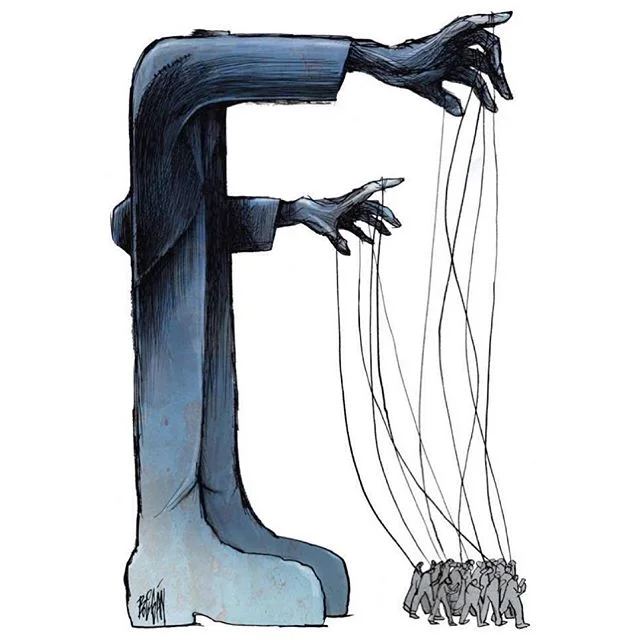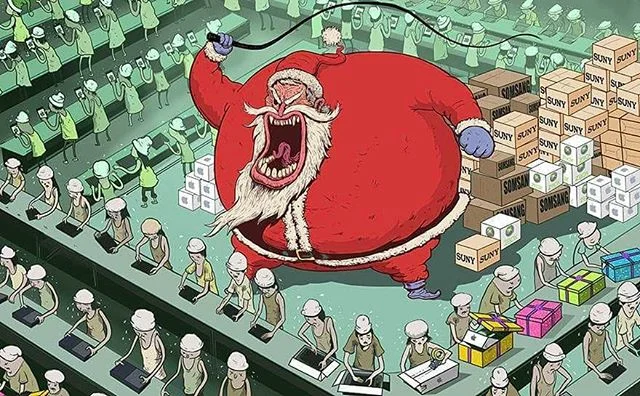Table of Contents
The internet has drastically changed our lives. Slim TVs and smartphones are everywhere, and modern technology has given us many useful devices.
Laptops have become popular because they are fast, powerful, and easy to carry around. But technology has its downsides, too. It can affect relationships and how we communicate with each other. Devices like smartphones, TVs, and video games can also impact our health and how we spend time with family and friends.
If you grew up with the internet and smartphones, you might not understand these concerns. But it’s important to think about the effects of technology before it’s too late. Below are some photos showing how people are addicted to modern technology. Take a look and consider what the future might hold!
The Smartphone Injection

Modern Technology And Breached Privacy

Likes Addiction

Parenting

The Family Dining

The Technology Swing

Carry The Cross Alone

Can You Spot Yourself?

The Hungry Pikachu

Alone But Together

Media Depression Remains Inevitable

Shall The Dance Begin?

It’s The Season! Time For Tedious Work

Modern Technology At Its Peak

Social Media Activated

Life Is More Fun Than The Likes

Choices At Your Discretion

Technology Zombies

Parenting And Technology

Choked

Conclusion
As we conclude our exploration of the 20 illustrations that perfectly depict humans’ addiction to modern technology, we are left with a sobering reflection on the profound impact of digital devices on our lives. Each illustration serves as a poignant reminder of the ways in which technology has infiltrated every aspect of our existence, shaping our behaviors, relationships, and perceptions in both subtle and profound ways.
From the ubiquitous presence of smartphones and tablets to the allure of social media platforms and virtual reality, the illustrations capture the addictive nature of modern technology and its grip on our collective consciousness. Whether depicting individuals engrossed in their screens, isolated from the world around them, or struggling to disconnect in an increasingly connected society, the artist’s portrayal resonates with the experiences of many in the digital age.
Moreover, the illustrations prompt us to confront the consequences of our technological dependence, from diminished attention spans and reliance on instant gratification to the erosion of face-to-face communication and the blurring of boundaries between the virtual and the real. In doing so, they challenge us to consider the balance between the benefits and drawbacks of our increasingly digitized lives.
As we bid farewell to these thought-provoking illustrations, we are reminded of the importance of mindfulness and intentionality in our relationship with technology. While digital devices offer unparalleled convenience and opportunities for connection, they also demand vigilance and self-awareness to ensure that we remain in control of our own lives and priorities.
In conclusion, the 20 illustrations depicting humans’ addiction to modern technology serve as a powerful commentary on the complexities of our digital age. Through their evocative imagery and insightful commentary, they invite us to contemplate the role of technology in our lives and consider how we can cultivate a healthier and more balanced relationship with the digital world.
FAQs
Q1. Who is the artist behind these illustrations?
Ans: The artist behind these illustrations is [Artist’s Name], known for their insightful commentary on contemporary issues, including the impact of technology on society.
Q2. What inspired the artist to create these illustrations?
Ans: The artist may have been inspired by observations of modern society, personal experiences with technology, or a desire to provoke thought and reflection on the role of technology in our lives.
Q3. What themes or messages do these illustrations convey?
Ans: These illustrations convey themes such as the addictive nature of technology, the impact of digital devices on interpersonal relationships, the loss of real-world connections, and the challenges of finding balance in the digital age.
Q4. Are these illustrations based on real-life situations or experiences?
Ans: Many illustrations are based on real-life situations or experiences that the artist or others have observed in modern society. They reflect common behaviors and trends associated with technology addiction.
Q5. How does the artist depict technology addiction in these illustrations?
Ans: The artist depicts technology addiction through imagery such as individuals glued to their screens, neglecting real-world interactions, experiencing withdrawal symptoms when separated from their devices, or engaging in obsessive behaviors related to digital consumption.
Q6. Where can I view more of the artist’s illustrations on this topic?
Ans: More of the artist’s illustrations on technology addiction may be available on their social media profiles, personal websites, or through galleries and exhibitions showcasing their work.
Q7. Do these illustrations offer solutions or perspectives on addressing technology addiction?
Ans: While the primary focus of the illustrations is to highlight the prevalence and consequences of technology addiction, some may also offer subtle suggestions or perspectives on how individuals can mitigate its effects. However, the artist often leaves room for interpretation, encouraging viewers to reflect on their relationship with technology.
Q8. How do viewers typically respond to these illustrations?
Ans: Viewer responses to these illustrations vary, with some resonating deeply with the themes and messages conveyed, while others may feel challenged or uncomfortable confronting the realities of technology addiction. However, the illustrations often spark important conversations and reflections on digital habits and behaviors.
Q9. Has the artist’s work on technology addiction been featured or recognized in any publications or media outlets?
Ans: The artist’s work on technology addiction may have been featured or recognized in various publications, websites, or media outlets that cover topics related to art, culture, and technology. Their impactful commentary on contemporary issues may attract attention from diverse audiences.
Q10. Can individuals use these illustrations to raise awareness or start discussions about technology addiction?
Ans: Yes, individuals can use these illustrations as a tool for raising awareness and initiating discussions about technology addiction in various settings, such as classrooms, workplaces, community groups, or online forums. They serve as visual prompts for critical dialogue and reflection.










